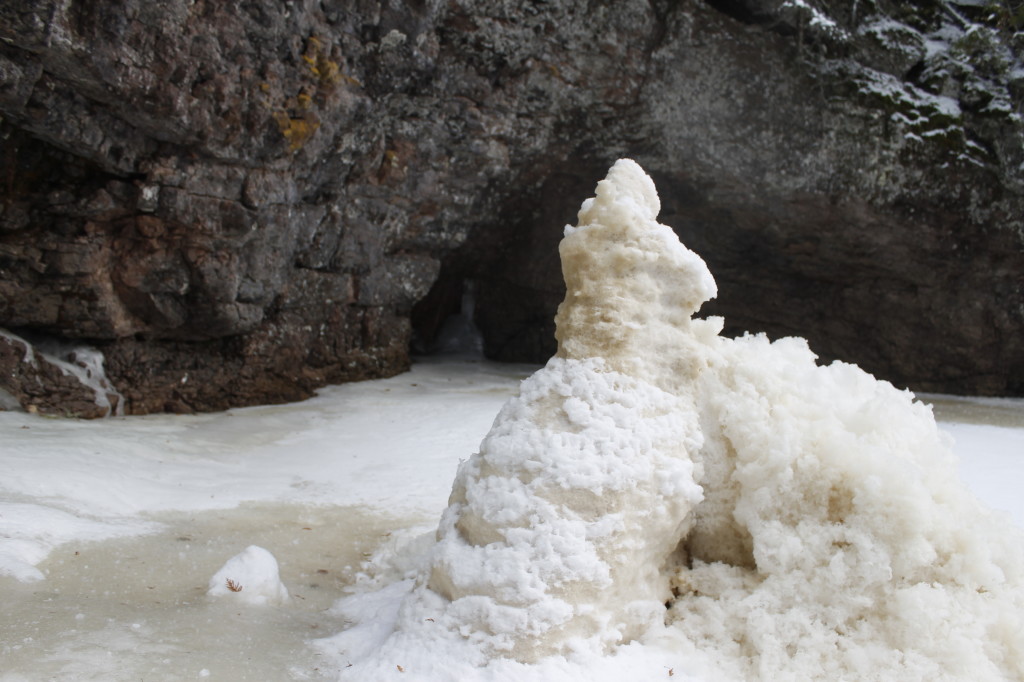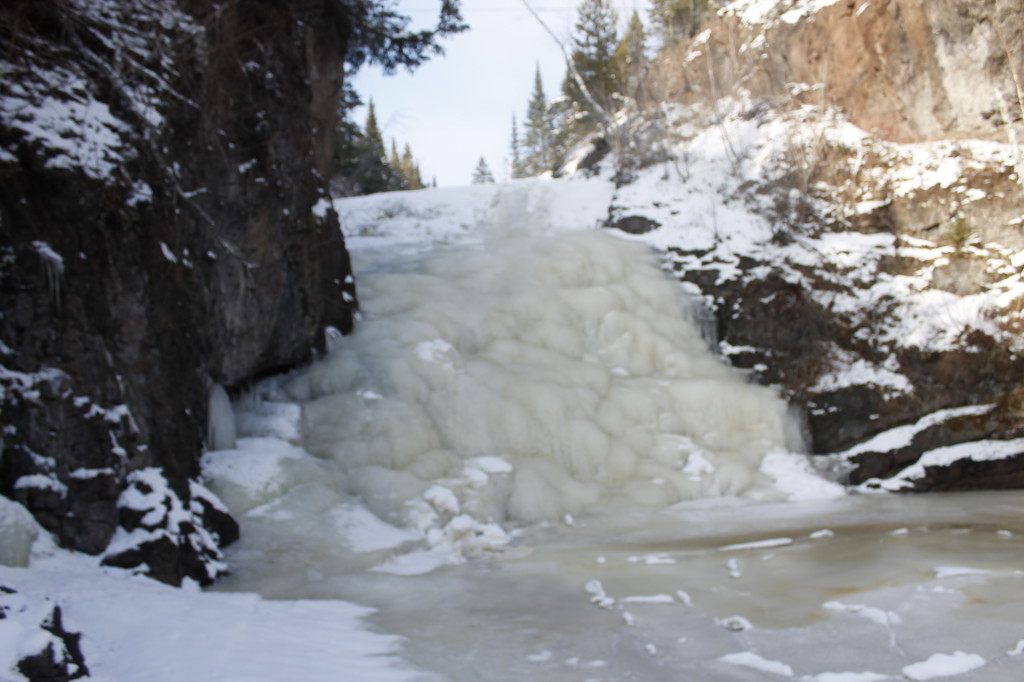
It’s only a couple miles from my apartment to the Onion River, so I prefer not to drive there if I can help it.
I prefer not to drive if there is an inch of snow on the bike path, and I’m going to be pedaling through that snow carrying crampons and ice axes in my backpack. It’s all for the greater glory of the adventure, the doorstep adventure.
Doorstep adventure? That’s the term I’ve started using to describe any adventure that starts under my own power from the minute I leave the door. If I run from my apartment to the top of nearby Carlton Peak, that’s a doorstep adventure, but if I were to drive a couple miles up the road to the trailhead, than it’s not. The part where I was in my car wasn’t part of the adventure. That was driving.
Lately, I’ve been trying to make as many of my adventures into doorstep adventures as I can, whether it means running somewhere from my door, biking from my door or — eventually — skiing from my door.
It would be really cool if this blog were some influential publication that everybody read, because I think it would be neat to make the doorstep adventure into the hot new trend. It has that extra challenge of requiring people to cover more territory under their own power. Plus, it forces people to put more value on what is near to them, rather than coveting some far away place that they will need to burn many gallons of fuel to get to.
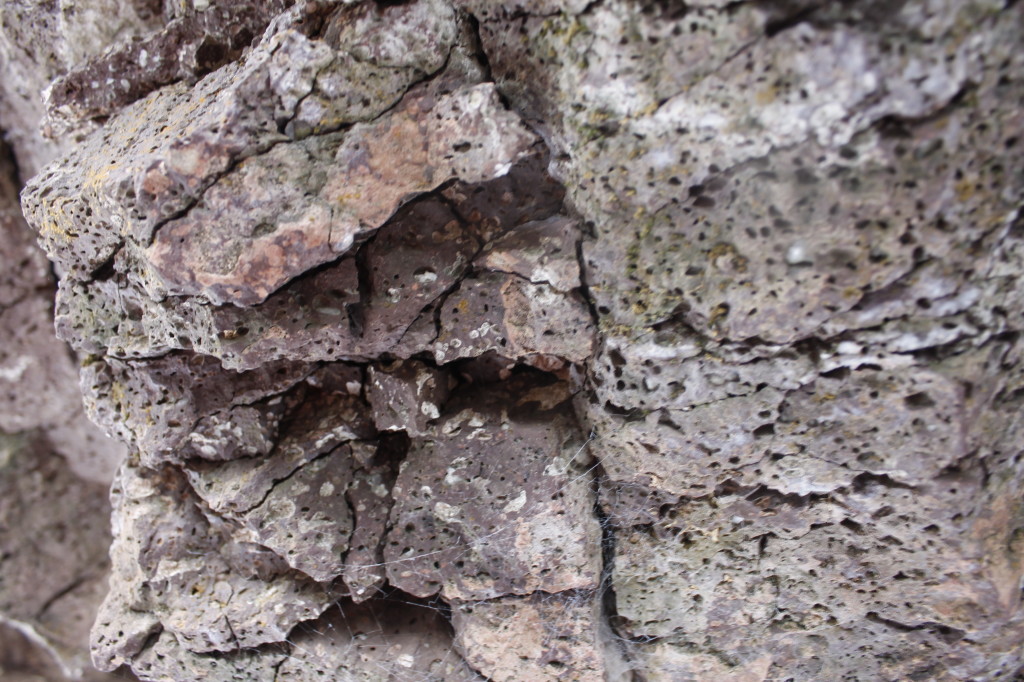
By cutting cars, planes, aircraft carriers, whatever out of the adventure equation, the doorstep adventure keeps pollution out of the atmosphere. This, many would argue, should be kind of a goal for those who take the time to appreciate the natural beauty that pollution threatens.
For this particular adventure, I sought to fill a couple of hours traveling to the river, climbing up its frozen waterfalls, taking in some scenery and biking back from whence I came. Hardly a major expedition, it was far less of a commitment than some of the doorstep adventures of my past such as when I biked from the doorstep of the raft company where I’d worked in Utah and went out to Washington and Oregon; or more recently, when I left town with my girlfriend in October to spend five days on the Superior Hiking Trail. Kids’ stuff compared to the badassery of Göran Kropp who biked from home in Sweden to Mt. Everest, climbed it, and pedaled back.
Perhaps the greatest peril that I would face would be the ice patches along the bike path. Often people’s footprints or a tire tread coming out of a driveway would leave icy zones where I didn’t dare turn the handle bars or hit the brakes. Arguably, the breakdown lane on nearby Highway 61 would have been a safer travel option, but I was in no mood for huffing exhaust from semis or from all the non-doorstep adventurers traveling up the North Shore.
Progress was slow, but I made it to the trailhead without wiping out.
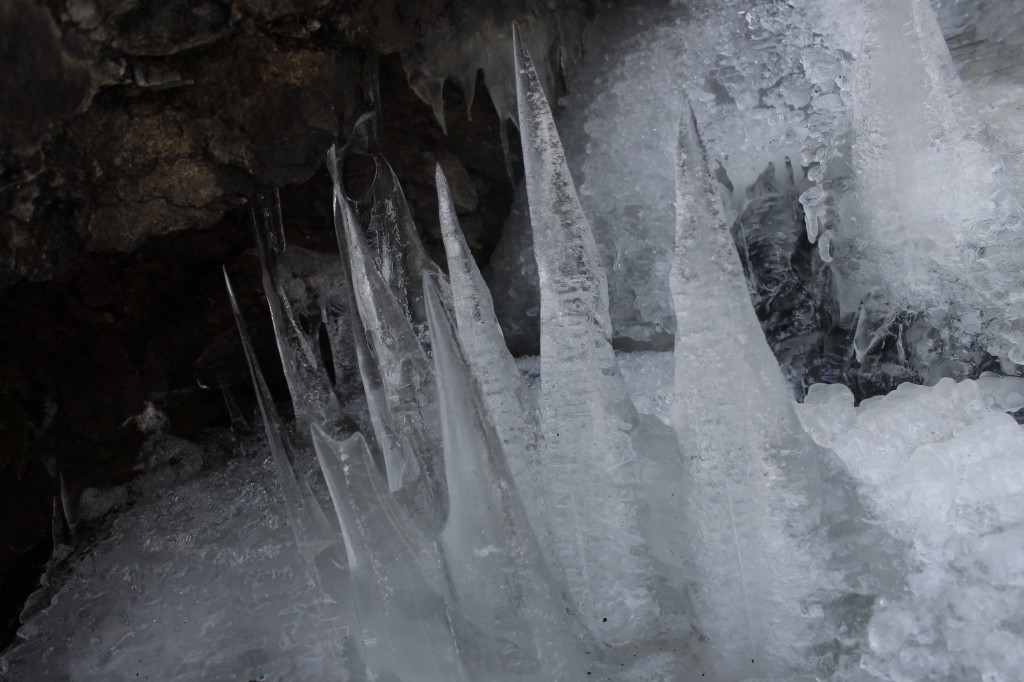
The Onion River carves a canyon a couple hundred feet deep through layers of dark gray basalt and pinkish rhyolite. Both types of stone are remnants of the billion-year-old lava flow that formed the basin where Lake Superior sits today.
The main trail went up and to the east ridge of this cut in the rock; my path was along the riverbed below.
Here I could look up at the gnarled cedars whose roots extracted their meager sustenance through cracks in the canyon walls, cedars that had grasped the walls in unreasonable over-leaning perches for centuries.
In places, the rock looked almost spongy, beset with tiny bubbles that had once been hot gasses fizzing out of the lava. When quartz or calcite sediment infiltrated these chambers, they left little stones within the stone: amygdaloids they call them. There were places where I could see constellations of these tiny gems embedded within the duller rock above my head.
The river itself was a scarce trickle beneath slabs of ice. There was the occasional place where the ice cracked and exposed a small piece of the rushing water beneath. Here, I would find animal tracks.
As I got further from the highway, I began to hear the murmurings of the hidden river. In places it thrummed like a drum, elsewhere, a quiet gurgle.
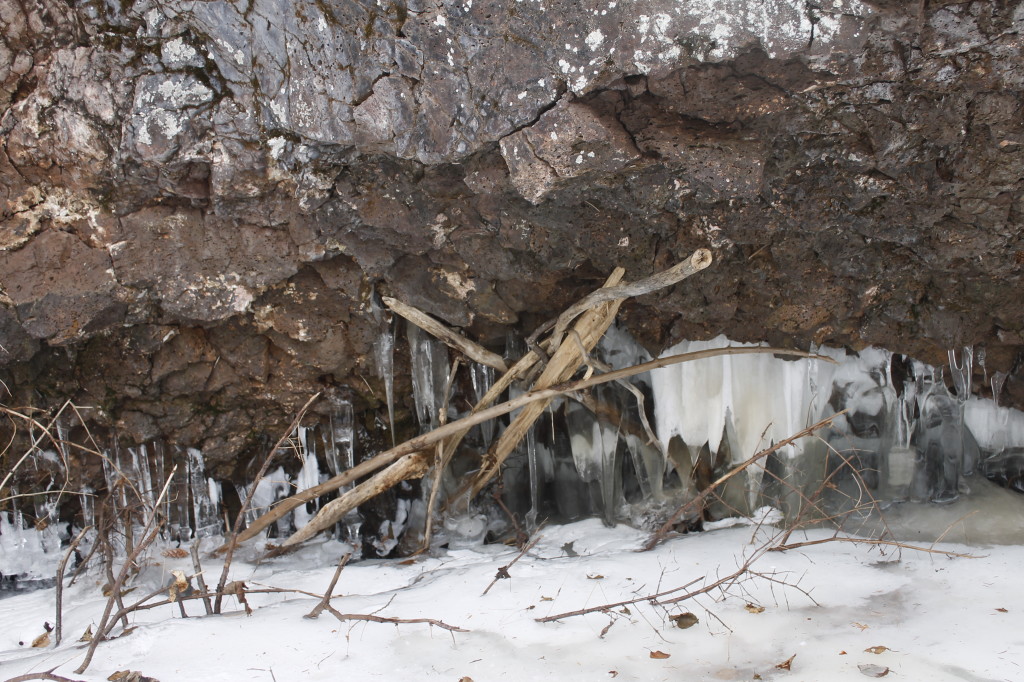
I threw my pack off at the base of the frozen falls and dug out my gear. I made sure to sit on the pack, not the snow while attaching crampons to my feet.
It wasn’t a particularly steep climb, but going up the slick ice would have been next to impossible without the crampons and ice axes. I was wary of a couple places where I could see the water flowing beneath the curtain of ice. It would certainly suck to break through and get sprayed with cold water, or lose my grip and fall over backwards. Fortunately, there were other places where the ice was solid and the climbing was easy.
At the top of the first cascade was a plunge pool where the ice was a cracked, mushy yellow. Steep cliffs climbed up on both sides. I knew from swimming there in the summer that the water beneath that ice was well over my head, and was in no mood to go through with a backpack on my shoulders and a camera around my neck.
Either I would have to take my crampons off and Gollum-crawl along the steep ledge to get to the next falls, or I could trust the ice on the far left side, which was tilted slightly and looked sturdiest. I chose the later option, banging away at the ice in front of me with an axe before I trusted it with my weight.
The second set of falls was steeper and higher than the first. From the left side of the plunge pool, I had a somewhat awkward ascent between the weak ice where the water was flowing and an overhanging ledge — not a lot of elbowroom.
Stalagmites of clear ice lay beneath the ledge, including some that were wicked sharp at the point. Like some inlayed dagger, they shone with beauty and malice both.
I swung the axes into some solid holds and kicked my way up to the top of the ice, turned around to see the blue of Lake Superior shimmering above the birches.
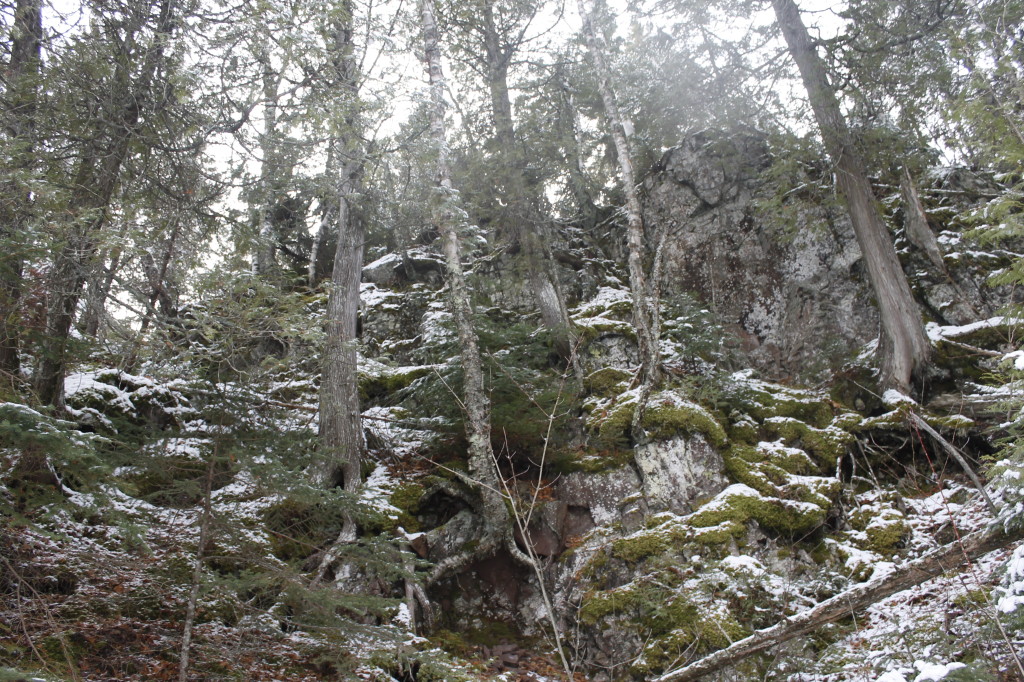
That might have been a satisfying enough conclusion to the doorstep adventure. A spur-trail went back up to the main path and to where I’d left my bike. But I was curious about exploring further up the canyon.
While I had hiked along the top of the upper section here, I hadn’t gotten down to where the river moved between the narrow walls. Now the frozen water offered an easy way in.
Some things are worth waiting for. The canyon here had all the feeling of a sanctuary, the air still and soundless between the walls. The droning highway noise in the background as I climbed the icefalls was gone. One could well pretend that humanity itself had vanished in such a place. The only voice was the occasional gurgle that issued from some kettle beneath the ice.
A three-foot mound of frozen foam stood at the base of one falls. I nudged it with my axe and the blade moved through it as if through icy feathers.
Here and there, I saw overhangs, places where the canyon could offer shelter in poor weather (though the broken rocks at the bottom of these overhangs would make me think twice.)
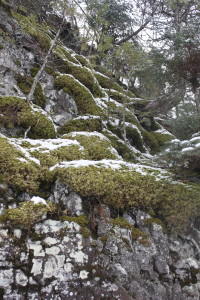
In another spot, a shallow cave lay a few feet above the riverbed. No doubt an earlier course of the river had carved that cave, its momentum coming down from the hills had brought it crashing down against the bedrock. I crunched up a small tongue of ice to crawl inside. I turned around to survey the scene from the cave mouth: tall, proud bulwarks of stone, the majesty of cedar and white pine growing out from the cliffs.
It was probably only a mile to the highway as the crow flies. Thousands of noisy, polluting cars went by here each day transferring people to the places they had to go, the places they thought they wanted to go.
Here in the canyon, I’d left the only set of human tracks.
